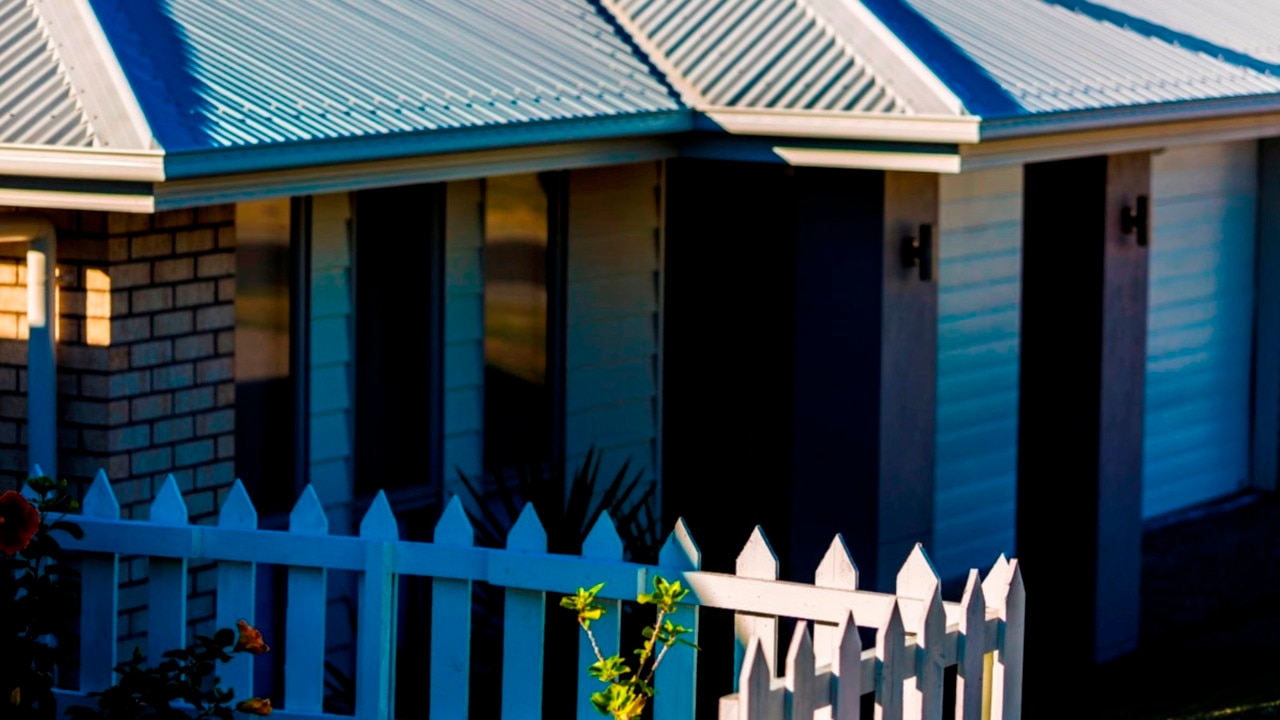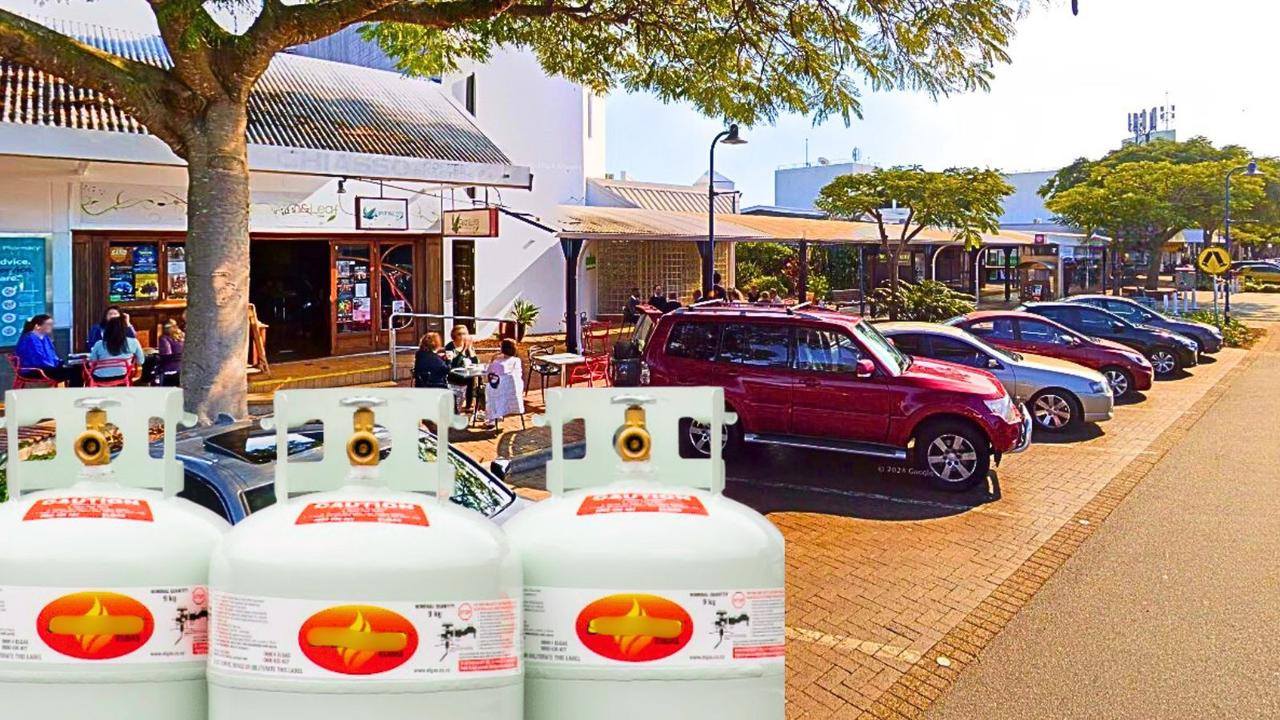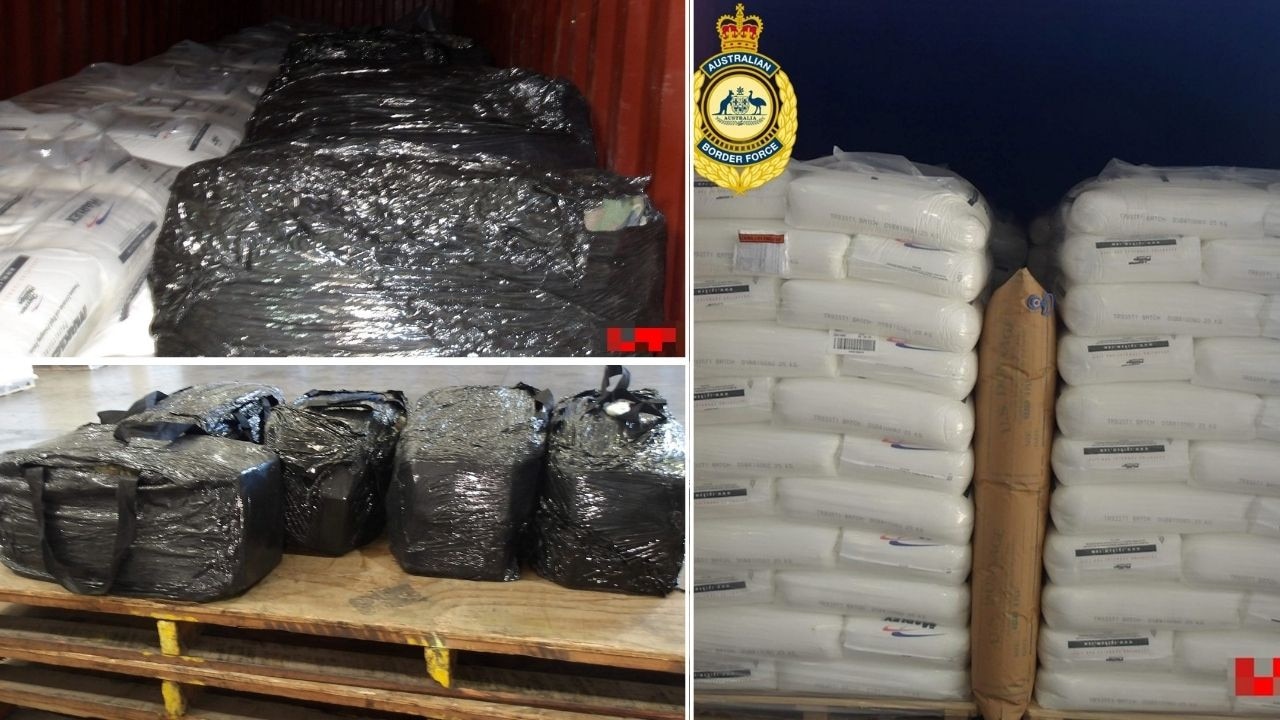Brisbane suburbs where rate rises will increase mortgage stress most
The Reserve Bank is forecast to hike interest rates up to 1 per cent in the next 12 months, and these Brisbane suburbs will suffer the most mortgage stress.

QLD News
Don't miss out on the headlines from QLD News. Followed categories will be added to My News.
Tens of thousands of households will slide into mortgage stress if interest rates increase by 1 per cent, and the Brisbane suburbs under the biggest threat are not the traditional battlers.
Some of the city’s most affluent areas – including Ascot, Hawthorne and Fig Tree Pocket – will be among the hardest hit by rate rises after soaring home values inflated mortgage sizes, according to new data from research firm Digital Finance Analytics.
The biggest increase in mortgage stress will be in postcode 4053, home to Everton Hills, Mitchelton and Stafford, with 918 extra households suffering, followed by postcode 4051 – comprising Alderley, Enoggera, Grange and Newmarket.
Digital Finance Analytics principal Martin North said Brisbane had seen a “pincer movement” where people were getting larger home loans as house prices surged, but rising incomes were not keeping pace.
“It doesn’t take much to push them over,” he said.
Mortgage-stressed households are those with a home loan that spend more each month than the income they receive.
“Quite a few of those being hit are young affluents – well-off people with big mortgages,” Mr North said.
“These people have never been used to being under pressure.”
Across Queensland, 266,000 households are already suffering mortgage stress, the data shows, and 1 per cent of rate rises would increase that total by 37,000.
Brisbane’s most mortgage-stressed postcode is 4152, with more than 5400 households already under pressure in Camp Hill, Carina, Carina Heights and Carindale.
Mr North said many highly-stressed suburbs were in disadvantaged fringe and urban fringe areas.
“A lot of young growing families are already in peril,” he said.
“About 41 per cent of households across the country are in mortgage stress at the moment, which is 10 per cent higher than before Covid hit. The average mortgage is about 50 per cent bigger than it was before Covid.”
Queensland-based research firm Canstar’s group executive financial services, Steve Mickenbecker, said the average Queensland mortgage size had jumped from $359,000 to $516,000 in five years.
“Borrowers who entered the market in the past five years for the first time have never seen a rate increase, and it will be quite a shock to their household budget,” he said.
“History is that when the Reserve Bank starts to lift the cash rate, the increases come in clumps, mounting up to 1.5 per cent to 2.0 per cent increase over a couple of years.”
Economists expect the Reserve Bank to start increasing its official interest rate this year. Mr Mickenbecker said a large proportion of existing borrowers had used the pandemic to save and get ahead on their mortgage repayments.
“Unfortunately borrowers who have entered the market recently at inflated prices and with big loans have not had time to get ahead,” he said.
“A 1 per cent increase would not normally throw so many inner and mid-band suburbs into stress, but rapid house price increases over the past couple of years has caused borrowers to take on larger loans, and wage inflation has not kept pace with loan size.”





